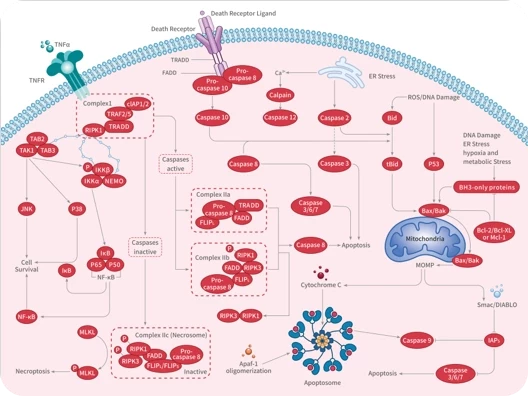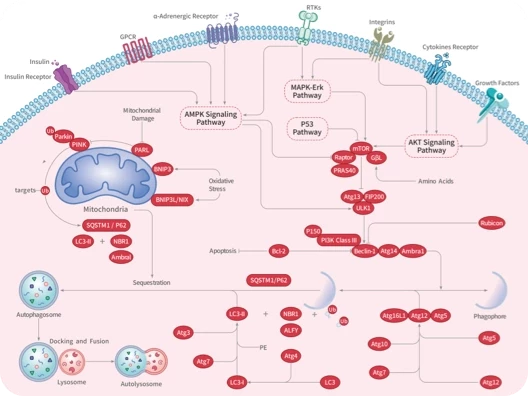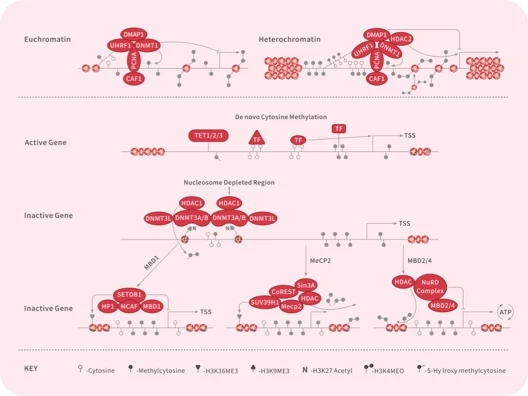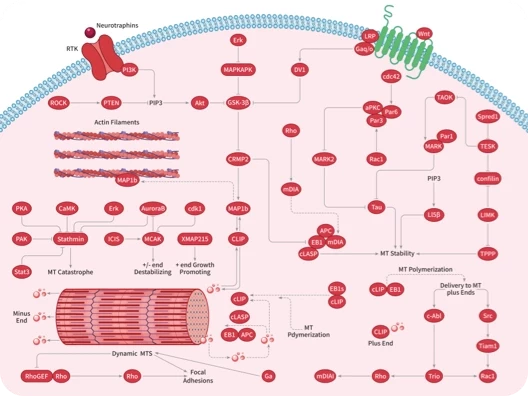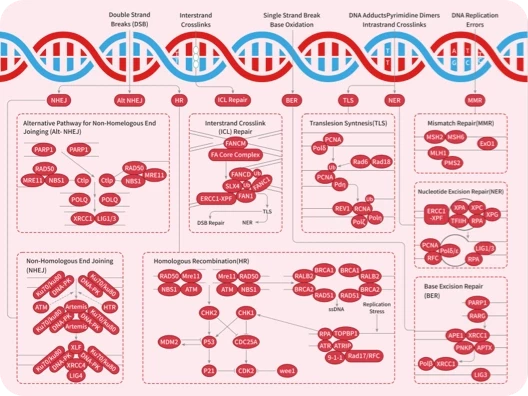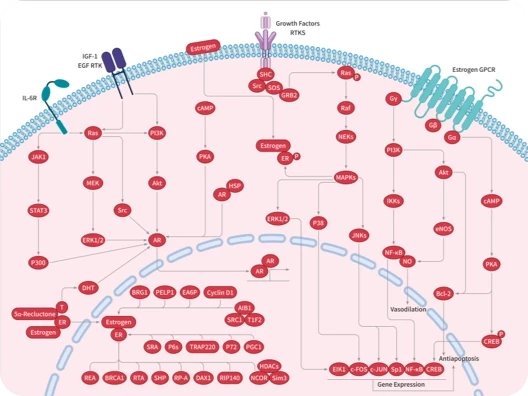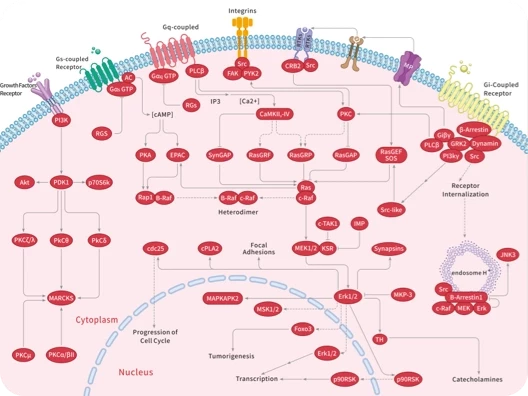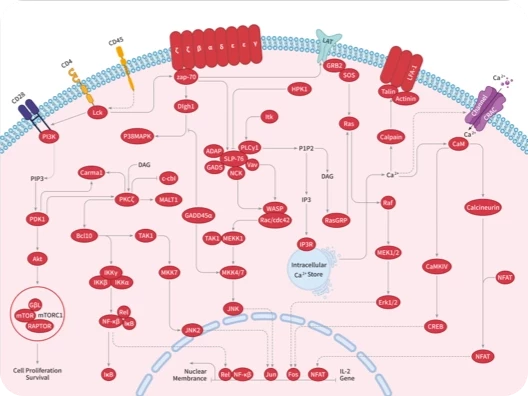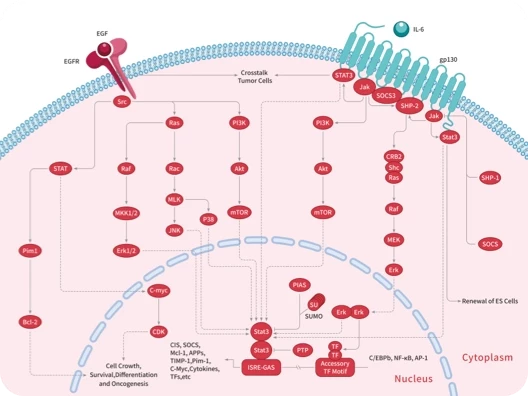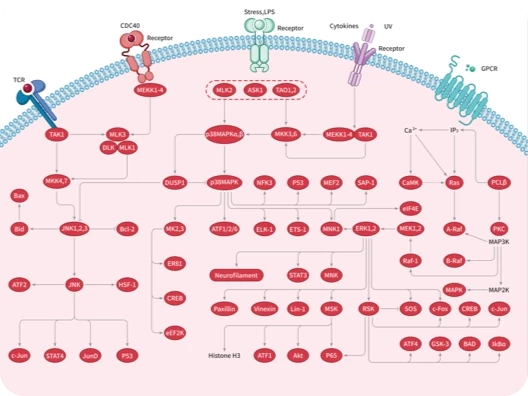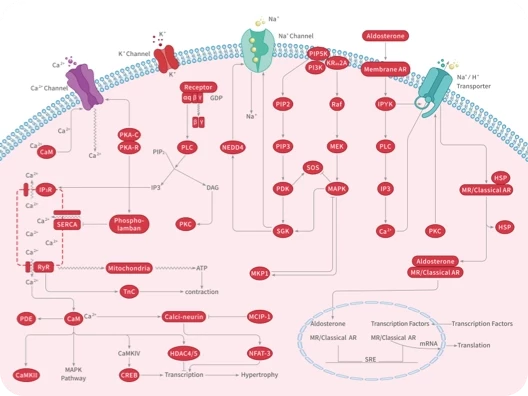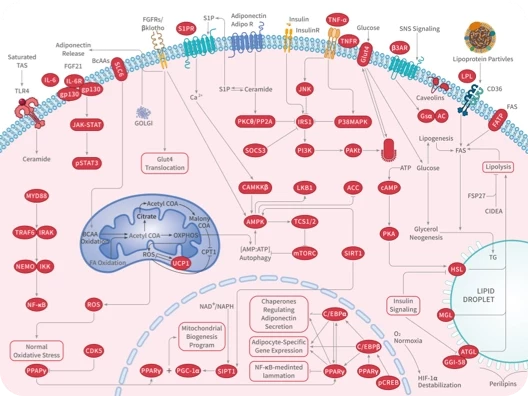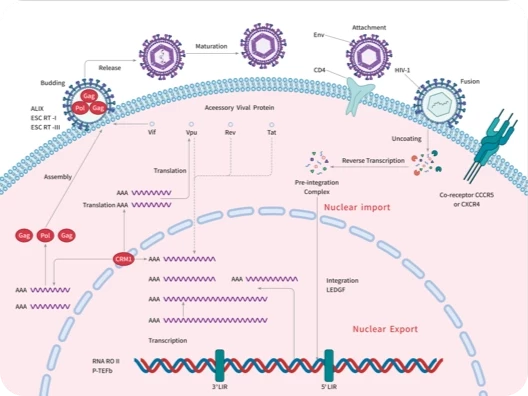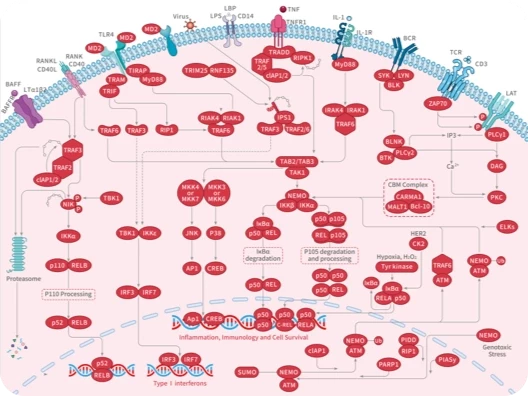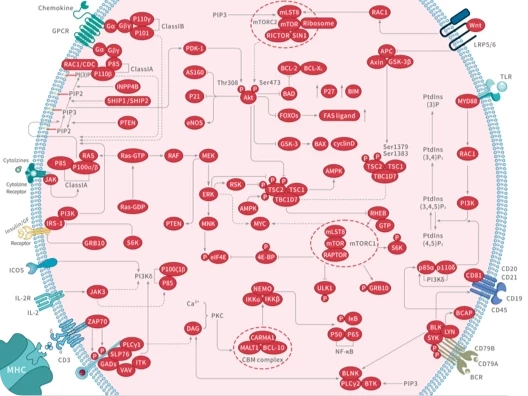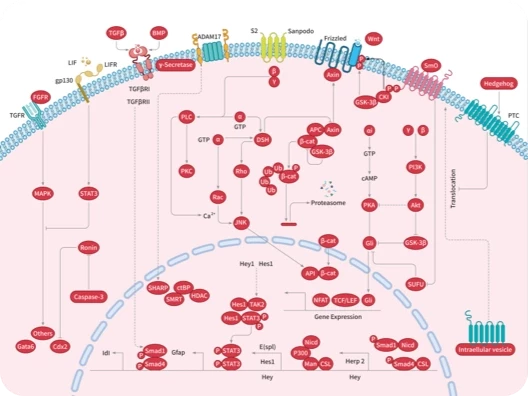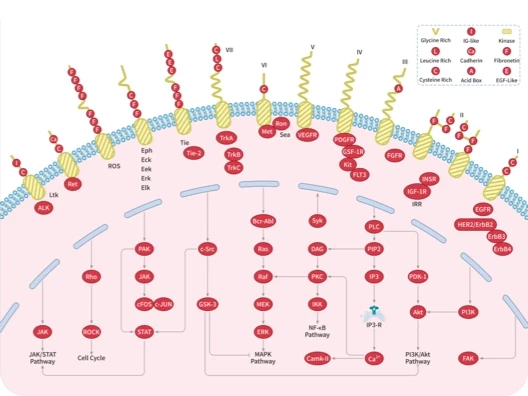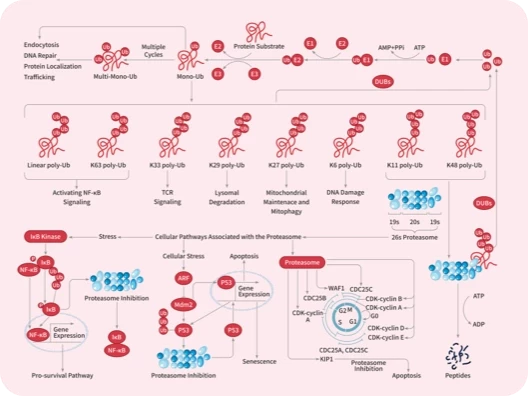- 全部删除
 您的购物车当前为空
您的购物车当前为空
购物车
筛选
筛选
搜索结果
TargetMol产品目录中 "
- 抑制剂&激动剂1

- 多肽产品1

- Neuropeptide Y(29-64)TP1818303052-45-1Neuropeptide Y(29-64) is a 36 amino acid peptide, a fragment of Neuropeptide Y.
- ¥ 4980
规格数量 - Neuropeptide Y (3-36) (human, rat) (trifluoroacetate salt)
 T35599Neuropeptide Y (NPY) (3-36) is a C-terminal fragment of NPY, a neuropeptide involved in controlling appetite, blood pressure, cardiac contractility, and intestinal secretion. NPY (3-36) is an endogenous peptide produced by cleavage of NPY by dipeptidyl peptidase 4 (DPP-4). It binds selectively to the NPY receptor Y2 (Ki = 0.41 nM in CHP 234 cells) over the Y1 receptor, where it does not bind at concentrations up to 1 μM. NPY (3-36) (0.1 nM) increases migration of human umbilical vein endothelial cells (HUVECs) by 80% after 12 hours in an in vitro wound closure assay. NPY (3-36) corresponds to residues 3-36 of the human and rat protein sequence.
T35599Neuropeptide Y (NPY) (3-36) is a C-terminal fragment of NPY, a neuropeptide involved in controlling appetite, blood pressure, cardiac contractility, and intestinal secretion. NPY (3-36) is an endogenous peptide produced by cleavage of NPY by dipeptidyl peptidase 4 (DPP-4). It binds selectively to the NPY receptor Y2 (Ki = 0.41 nM in CHP 234 cells) over the Y1 receptor, where it does not bind at concentrations up to 1 μM. NPY (3-36) (0.1 nM) increases migration of human umbilical vein endothelial cells (HUVECs) by 80% after 12 hours in an in vitro wound closure assay. NPY (3-36) corresponds to residues 3-36 of the human and rat protein sequence.- 待估
规格数量 - Neuropeptide Y (22-36)
 TP1681119019-65-7Neuropeptide Y (22-36), a 15-amino acid fragment of Neuropeptide Y, is involved in various physiological and homeostatic processes in both the central and peripheral nervous systems.
TP1681119019-65-7Neuropeptide Y (22-36), a 15-amino acid fragment of Neuropeptide Y, is involved in various physiological and homeostatic processes in both the central and peripheral nervous systems.- 待询
规格数量 - Neuropeptide Y (scrambled)
 TP2194Neuropeptide Y (NPY) is a 36-amino acid neuropeptide that exerts its activity via G-protein-coupled receptors. NPY is widely distributed in the peripheral and central nervous systems. It modulates a variety of physiological processes, e.g. the central reg
TP2194Neuropeptide Y (NPY) is a 36-amino acid neuropeptide that exerts its activity via G-protein-coupled receptors. NPY is widely distributed in the peripheral and central nervous systems. It modulates a variety of physiological processes, e.g. the central reg- ¥ 6117
规格数量 - NPY Protein, Human, Recombinant (His)
 Pro-Neuropeptide Y, NPY, Neuropeptide Y, Neuropeptide Tyrosine, CPON, C-Flanking Peptide of NPYTMPJ-00007Expression system: HEK293 Cells
Pro-Neuropeptide Y, NPY, Neuropeptide Y, Neuropeptide Tyrosine, CPON, C-Flanking Peptide of NPYTMPJ-00007Expression system: HEK293 Cells
Length: 29-97, Full Length of Mature Protein
Activity: Not Tested- ¥ 820
规格数量 - Neuropeptide Y Protein, Human, Recombinant (hFc)
 PYY4, neuropeptide YTMPY-00286NPY (Neuropeptide Y) is a Protein Coding gene. This gene encodes a neuropeptide that is widely expressed in the central nervous system and influences many physiological processes, including cortical excitability, stress response, food intake, circadian rhythms, and cardiovascular function. NPY is a neuromodulator that is widely expressed throughout the central nervous system (CNS) and is consecrated with classic neurotransmitters including GABA and glutamate. NPY/Agouti-related protein (AgRP) neurons in the arcuate nucleus of the hypothalamus are part of a neuroendocrine feedback loop that regulates feeding behavior and glucose homeostasis. NPY/AgRP neurons sense peripheral signals (including the hormones leptin, insulin, and ghrelin) and integrate those signals with inputs from other brain regions.
PYY4, neuropeptide YTMPY-00286NPY (Neuropeptide Y) is a Protein Coding gene. This gene encodes a neuropeptide that is widely expressed in the central nervous system and influences many physiological processes, including cortical excitability, stress response, food intake, circadian rhythms, and cardiovascular function. NPY is a neuromodulator that is widely expressed throughout the central nervous system (CNS) and is consecrated with classic neurotransmitters including GABA and glutamate. NPY/Agouti-related protein (AgRP) neurons in the arcuate nucleus of the hypothalamus are part of a neuroendocrine feedback loop that regulates feeding behavior and glucose homeostasis. NPY/AgRP neurons sense peripheral signals (including the hormones leptin, insulin, and ghrelin) and integrate those signals with inputs from other brain regions.- ¥ 4460
规格数量 - Neuropeptide Y (human) (TFA)
 T36446Neuropeptide Y (human) TFA, a compound implicated in Alzheimer's disease (AD), exhibits protective effects against β-Amyloid toxicity in rat cortical neurons.
T36446Neuropeptide Y (human) TFA, a compound implicated in Alzheimer's disease (AD), exhibits protective effects against β-Amyloid toxicity in rat cortical neurons.- ¥ 1425
规格数量 - Neuropeptide Y (3-36) (human, rat)
 T36445150138-78-6Neuropeptide Y (3-36) (human, rat) is a metabolite of neuropeptide Y (NPY) generated by dipeptidyl peptidase-4 (DPP4). Known as a selective Y2 receptor agonist, Neuropeptide Y (3-36) (human, rat) effectively reduces the release of norepinephrine via the Y2 receptor[1][2].
T36445150138-78-6Neuropeptide Y (3-36) (human, rat) is a metabolite of neuropeptide Y (NPY) generated by dipeptidyl peptidase-4 (DPP4). Known as a selective Y2 receptor agonist, Neuropeptide Y (3-36) (human, rat) effectively reduces the release of norepinephrine via the Y2 receptor[1][2].- ¥ 2802
规格数量 - Neuropeptide Y (human)
 Neuropeptide Y (29-64), amide, human, Human neuropeptide Y (29-64)TP114090880-35-6Neuropeptide Y (29-64), amide, human is a biologically active 36-amino acid peptide.
Neuropeptide Y (29-64), amide, human, Human neuropeptide Y (29-64)TP114090880-35-6Neuropeptide Y (29-64), amide, human is a biologically active 36-amino acid peptide.- 待估
规格数量
没有更多数据了
产品对比
| 产品 |
|---|
| 生物活性 |
| 种属 |
| 表达系统 |
| 标签 |
| 蛋白编号 |
| 氨基酸序列 |
| 蛋白构建 |
| 蛋白纯度 |
| 分子量 |
| 内毒素 |
| 缓冲液 |
| 复溶方法 |
| 存储 |
| 运输条件 |
| 研究背景 |
| 价格 |


















